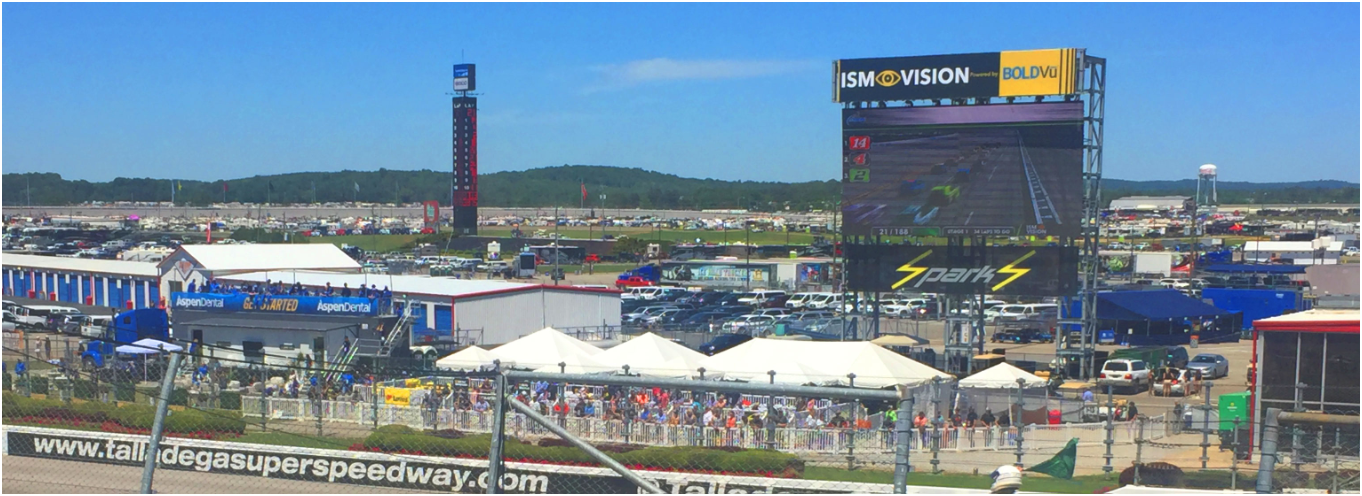By Jeff Baskin and Scott Newman
Digital-Out-Of-Home (DOOH) is a term that has been around for quite a while but is getting a lot more buzz lately. With the advances in both indoor and outdoor digital signage quality and the ease in which content can be updated, companies are trading in their posters for digital screens.
It’s tough to walk through an airport, casino, sports arena or metro transit system without running into a flashy digital sign. Admittedly, some of us miss the old school clickety-clack sign at the train station telling us which track I need to sprint for–some things should never change!
Content Management Systems (CMS) allow companies to rotate content ads and provide updates easily and remotely. This provides huge opportunities for companies to get themselves in front of more eyeballs. Companies are using the advancements in digital signage to provide directions and updates, drive promotions, change menu boards and, more than ever, for good old advertising.
In a world where data is king and online advertisers are used to getting precise traffic, demographics, engagement and attribution data, the digital “Out of Home” space falls down. Advertisers need to know how many, and which, eyeballs are viewing their digital signage – as if it was seen on a website. It is not the easiest problem to solve. People walking by a retail store in downtown Manhattan have not clicked on something to say they are strolling by or are interested in that store or product. However, those same people most likely have a smartphone either glued to their hands or in their pockets. Over 77% of Americans own a smartphone* and most of them would have a panic attack if they left home without it.
This is where the combination of digital signage and mobile proximity solutions shines. Advancements in Bluetooth beacon technology and media players have not only turned posters into digital signs but have turned digital signs into technology that can actively engage users. This enables advertisers to attribute eyeballs to signage as well as drive action.
Radius Networks’s Display Kit™ technology provides an inexpensive, easy-to-use solution to help drive customer engagement and relevant content through digital signage. Coca-Cola, Google and Albertson’s Grocery Stores have used Display Kit to help drive consumer engagement and behavior in the beverage aisle.
As per the article, Greg Chambers, Global Group Director of Digital Innovation at Coke, states “We can understand who the consumer is and get the right content and messaging to him or her at the right time.” The article also states that the 250-store pilot with Albertson’s delivered a one-month return on investment. “We significantly increased category lift,” he added, “which means not only did the end-caps help sell more Coca-Cola products … everything else on the carbonated soft drink aisle, too.”
Display Kit also provides access to DoubleClick as a primary CMS and ad platform. It turns the digital display into a proximity-based marketing tool through Bluetooth Low Energy (BLE) Technology. A retailer can change content at any time, schedule content to be displayed at different times of the day and individually configure BLE advertisements to be broadcast alongside specific content. Content from Twitter and RSS feeds can be displayed on-screen to further engage customers, advertise upcoming events and even automatically change content on a per-display basis based on important metrics (i.e. current weather conditions or geographic locations).
Through a great strategic partnership with LG-MRI and Ingenuity Sun Media, Display Kit was on full display 2 weeks ago at the famous Talladega Superspeedway for the Geico 500. It enabled advertisers to engage hundreds of thousands of race fans on large, digital screens around the racetrack property.
Whether you are in a retail store or at a superspeedway, Display Kit is helping change the way companies are engaging their target audience and getting closer to full, cross channel attribution.
Source Pew Research

